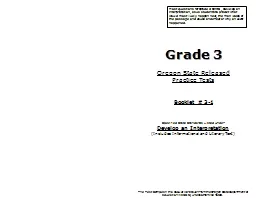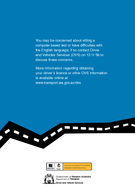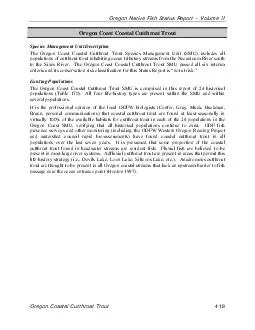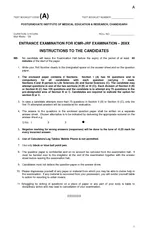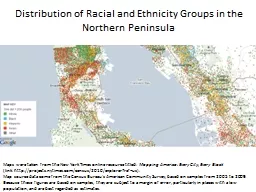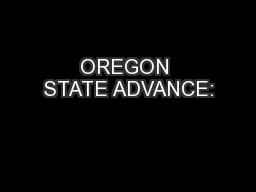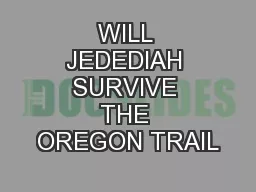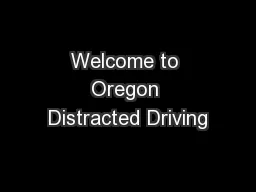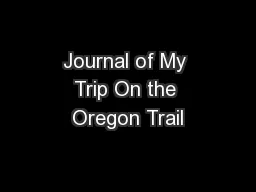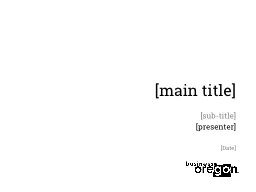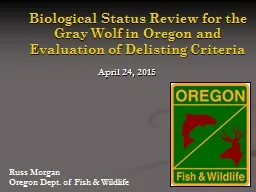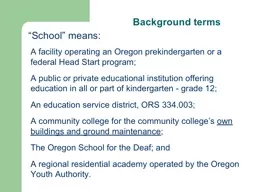PPT-The Test Samples in this Booklet were taken from the Oregon
Author : ellena-manuel | Published Date : 2016-08-11
Most questions for Grade 3 OAKS Develop an Interpretation asks students to predict what would most likely happen next the main ideas of the passage and cause and
Presentation Embed Code
Download Presentation
Download Presentation The PPT/PDF document "The Test Samples in this Booklet were ta..." is the property of its rightful owner. Permission is granted to download and print the materials on this website for personal, non-commercial use only, and to display it on your personal computer provided you do not modify the materials and that you retain all copyright notices contained in the materials. By downloading content from our website, you accept the terms of this agreement.
The Test Samples in this Booklet were taken from the Oregon: Transcript
Download Rules Of Document
"The Test Samples in this Booklet were taken from the Oregon"The content belongs to its owner. You may download and print it for personal use, without modification, and keep all copyright notices. By downloading, you agree to these terms.
Related Documents

